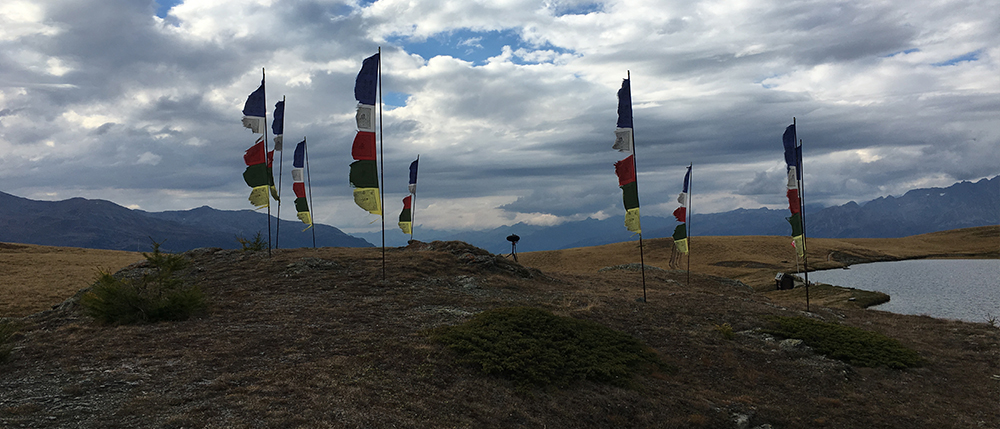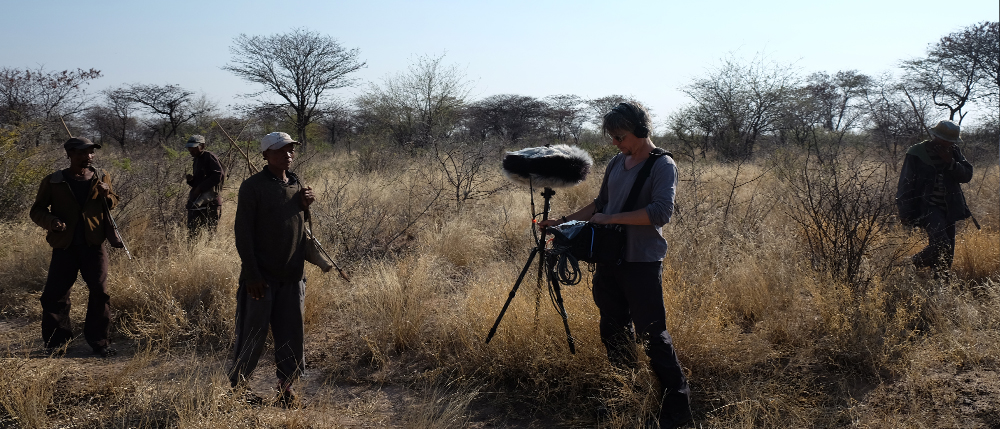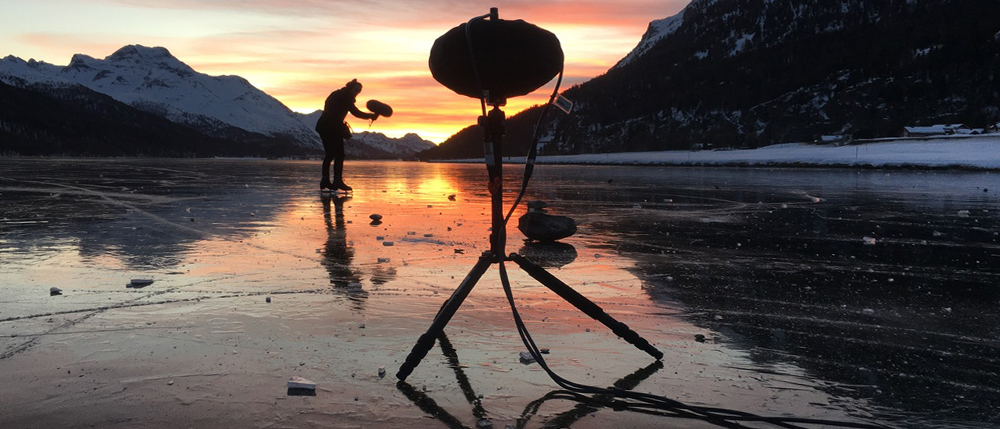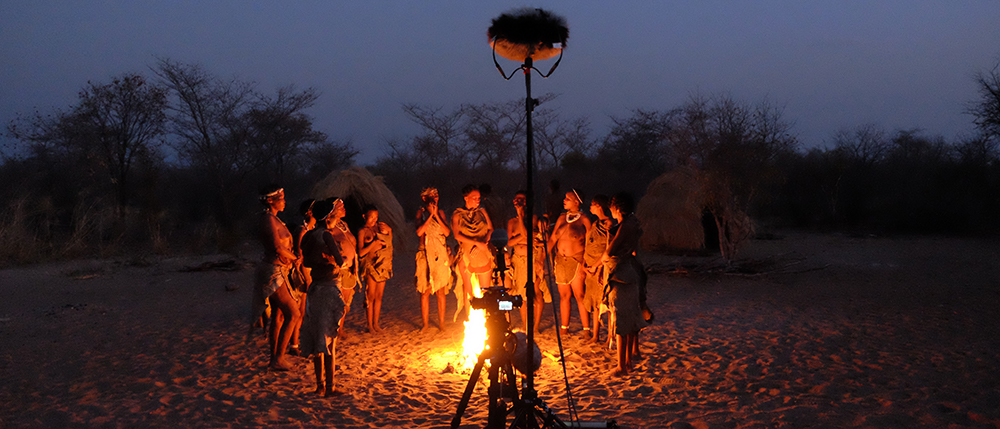Complexity of Soundscapes
3D Field Recordings allow exact spatial recordings and the conservation of sound worlds
Sound is complex. Some of the most extraordinary sound experiences cannot be created from scratch, they must be captured at the source. Adequately capturing the authenticity of culturally significant sound environments requires not only the right place and time, but also the right methods.
In order to achieve the highest possible quality when transferring a situation to the exhibition space, a wide variety of factors must be taken into account: Does the soundscape sound the same at any time of day? Do different positions in an area have a different sound and therefore require different sonic perspectives? What happens outside of our hearing range (e.g. infra- and ultrasound or electromagnetic waves), what sounds are hidden (e.g. under water or above structure-borne sound)? These and other thoughts allow us to bring all the nuances of sound and thus its entire cultural significance into an exhibition and to the visitor*.
We have worked on a number of field recording projects where we can demonstrate our approach to achieving this goal:
- Application example 1: !Khwa ttu
In our project !Khwa ttu we have captured and reproduced the soundscape of one of the last living hunter-gatherer tribes in the world: the San of South Africa. We developed a multi-channel sound installation in the San Heritage Center near Cape Town. In order to guarantee the highest degree of authenticity, all sounds (people, animals, nature) of the 30-minute space sound artwork were recorded by us in and around the Kalahari Desert. Link to the project
- Application example 2: Sounds of Silence
For the project Sounds of Silence in the Museum of Communication in Bern, we made various 3D recordings in a Valais mountain village (by day and by night) and of the performance of John Cage's 4'33'' by the Stuttgart State Orchestra in the Beethoven Hall in Stuttgart. These and other recordings were played back in the exhibition in real time binauralized via a 3D headphone system. Link to the project
- Application example 3: Sound-bog scoops
For an installation at the Klangkunst Festival Klang-Moor-Schopfe in Gais, various 3D recordings of the silence and noise of the raised bog and the surrounding area of Gais were interwoven into an acoustic journey. Link to the project
- Application example 4: Singing Silsersee
In January 2020, the rare phenomenon of 'singing' black ice on Lake Sils in the Engadin could be admired for a short time. It occurs when the lake is freshly frozen and there is no snow on the ice yet. Due to the strong temperature differences in the air and the relatively constant temperature in the lake, strong tensions are created in the ice, which make strange, science-fiction-like noises. For the recordings we spent a whole night in the middle of the lake and experimented with different microphone setups. (see movie below)
3D recording equipment:
Schoeps ORTF-3D microphone
Sonosax SX-R4+ 16-channel recorder + Sonosax SX-AD8+ 8-channel preamp
Please find more information here if you would like to rent our complete 3D recording equipment.





